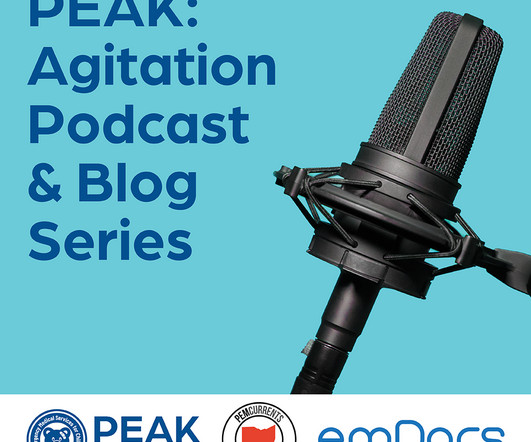Maintaining Resilience and Mental Health in the EMS Profession
NCOAE
SEPTEMBER 26, 2023
The suicide rate among emergency medical service (EMS) professionals rose a shocking 38 percent since 2009, according to a study published in the Western Journal of Emergency Medicine. In addition, we should all be working together to improve the situation for EMS professionals. What’s the solution?












Let's personalize your content